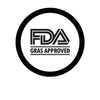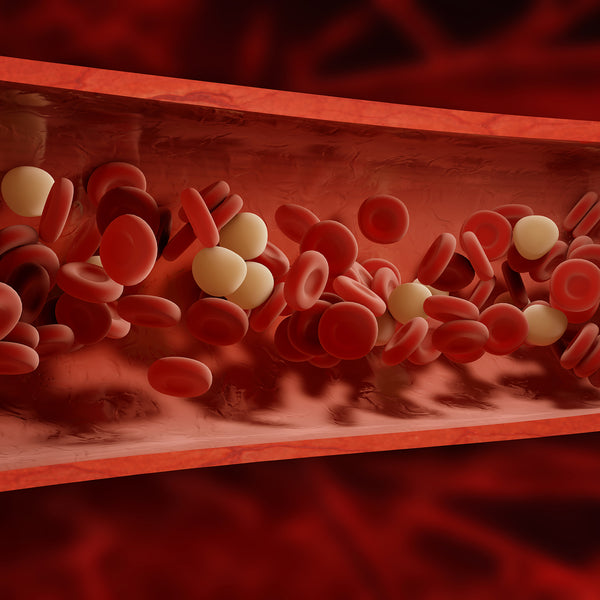AmealPeptide is a clinically tested, proprietary ingredient derived from casein (Vaso-active tripeptides). It is produced through a patented fermentation and enzymatic process that releases two key tripeptides, Valyl-Prolyl-Proline (VPP) and Isoleucyl-Prolyl-Proline (IPP), (made up of the three amino acid chains valine, proline and isoleucine). AmealPeptide provides VPP and IPP in concentrations not practical to achieve through the consumption of dairy products.
Supported by more than 30 published studies — including over a dozen double-blind, placebo-controlled human clinical trials — AmealPeptide promotes arterial elasticity.**[i],[ii],[iii],[iv]
We strive for a healthy and active lifestyle, and a key component of that is heart health. When you’re looking for an active boost in your day, look no further than AmealPeptide.
A casein based ingredient, Amealpeptide works to inhibit the angiotensin converting enzyme that leads to the constriction of the blood vessels, allowing for better blood circulation and less stress on the heart
Alongside a plethora of cardiovascular benefits, AmealPeptide provides VPP and IPP in amounts not practical to get through dairy products alone. These tripeptides relax the blood vessels, improving overall cardiovascular health.
Let’s get back to the activities you love, try AmealPeptide today.










)
AmealPeptide works by inhibiting an enzyme that leads to the constriction of blood vessels.* This vasodilating action is believed to be at least partly responsible for AmealPeptide’s clinically documented effect on cardiovascular health.*
)
In multiple human studies, AmealPeptide exerted an effect in 3-4 weeks, safely and with no side effects. AmealPeptide is FDA GRAS for inclusion in food, beverages and dietary supplements in the US and is FOSHU-certified by the Consumer Affairs Agency, Government of Japan.
While it is made from milk protein, the lactose levels in AmealPeptide are undetectable (under .05%), so it is safe for those with lactose intolerance.
i] Kajimoto O, et al. J Nutr Food. 2001;4(3):51-61.
[ii] Sano J, et al. J Med Food 2005;8(4):423–30.
[iii] Ishida Y, et al. Japanese Pharmacology & Therapeutics. 2007;35(12):1249-60.
[iv] Nakamura T, et al. Atherosclerosis. 2011 ;219(1):298-303.